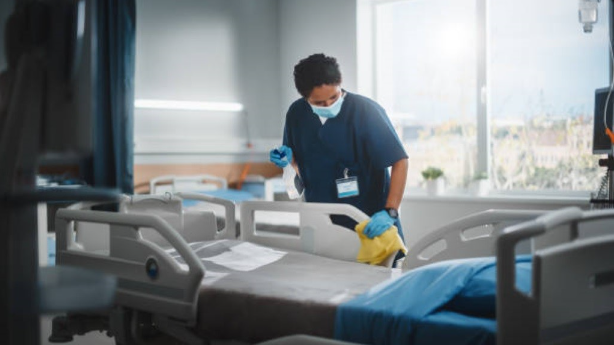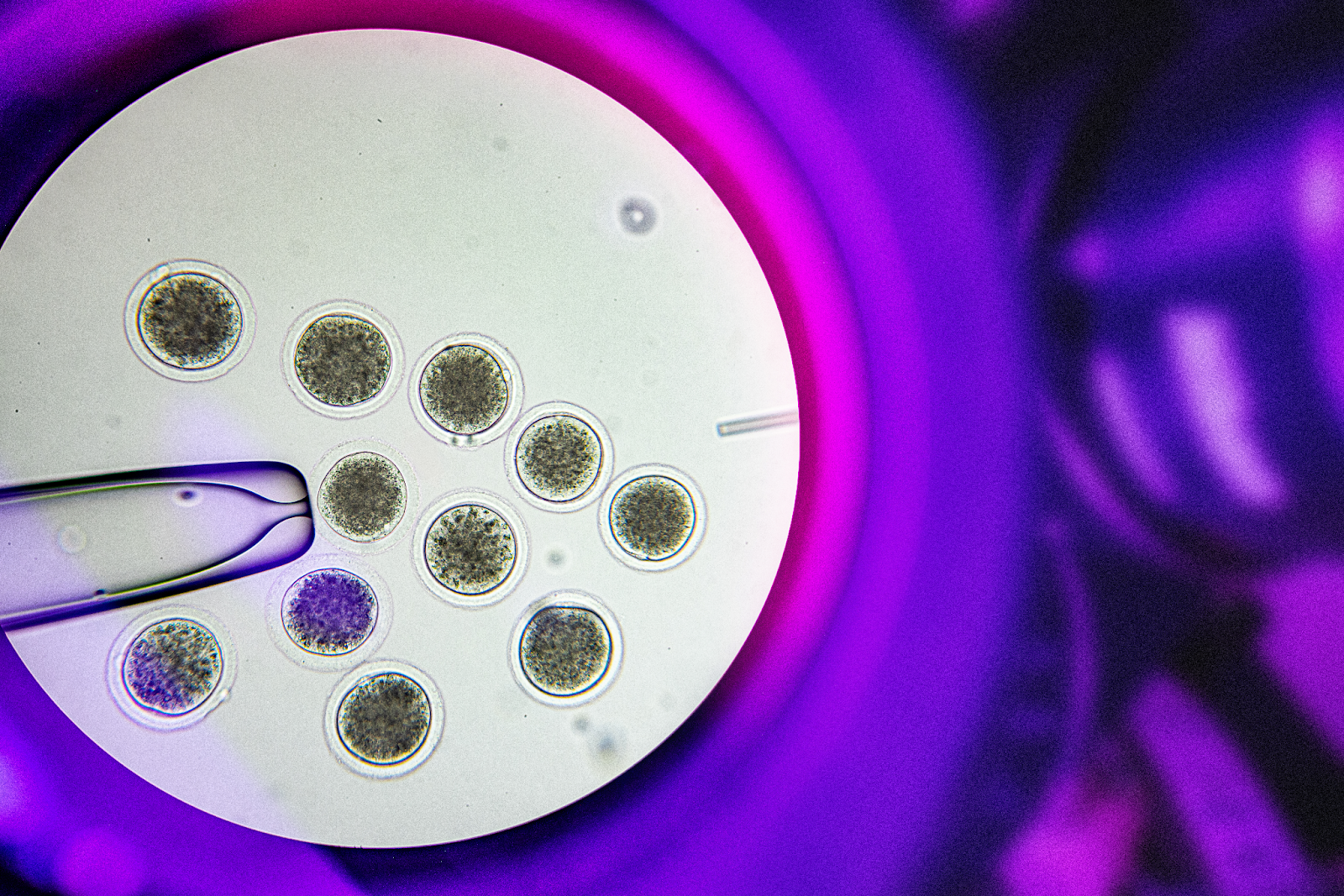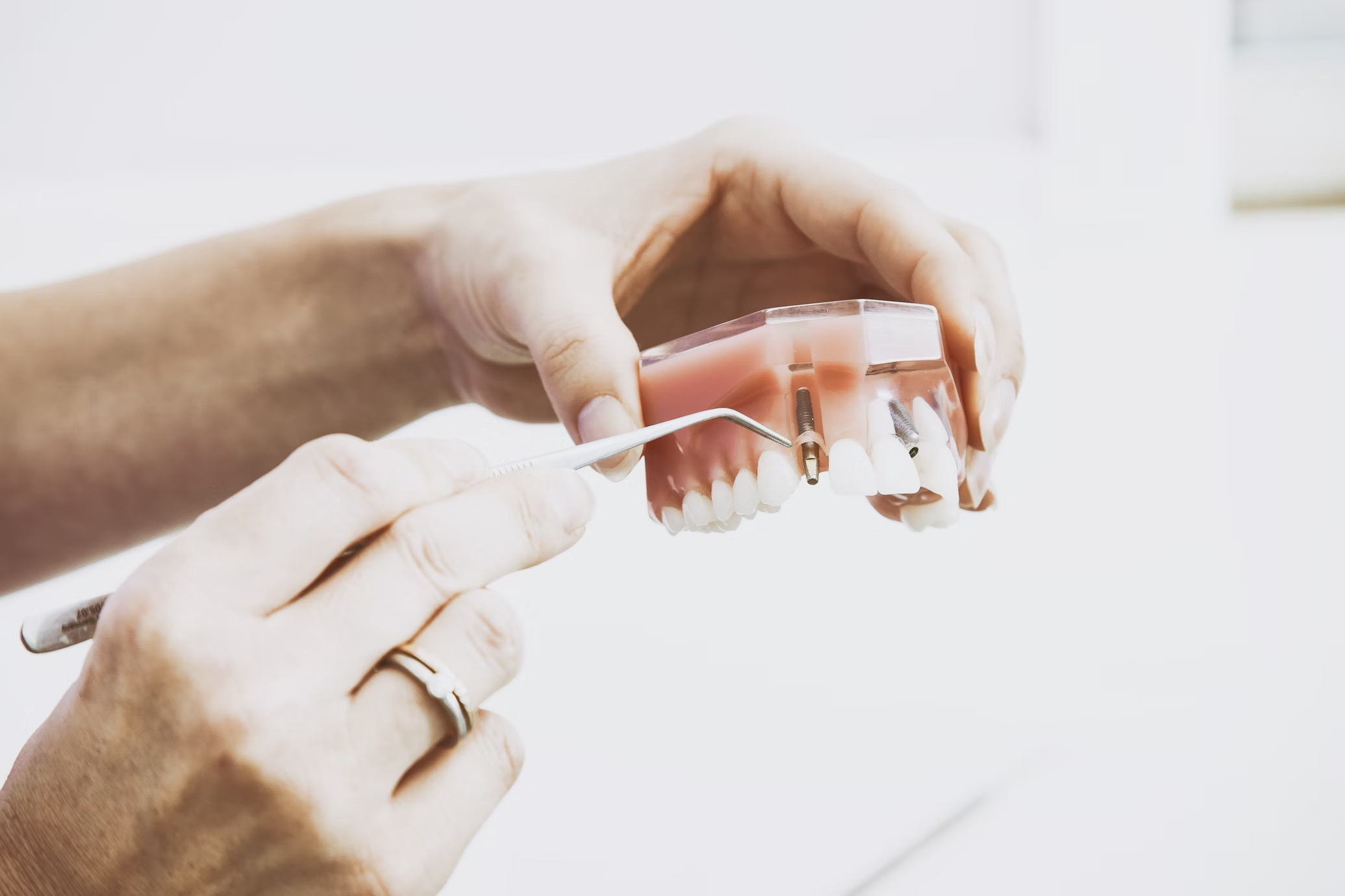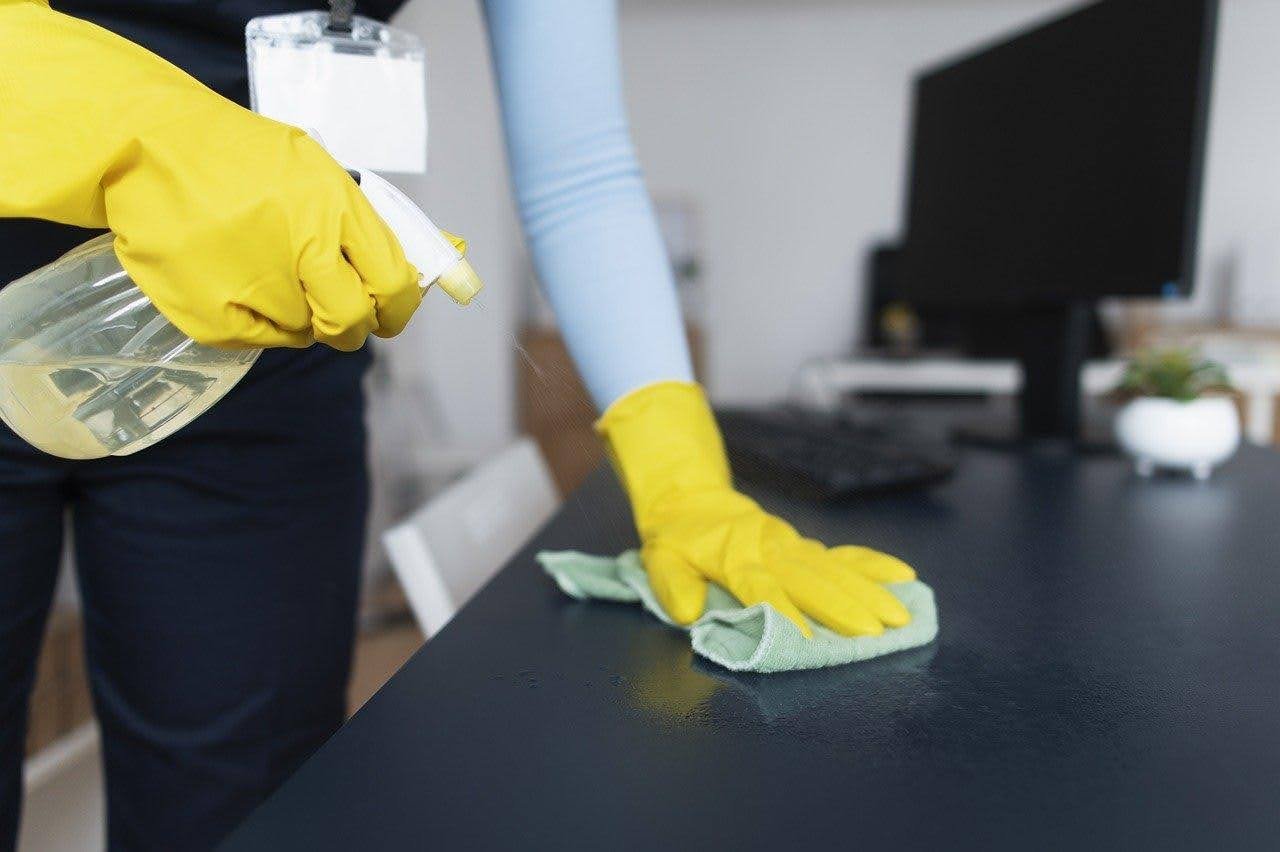In healthcare settings, patient safety is paramount. A critical component of maintaining a safe environment is the effectiveness of cleaning services.
Proper cleaning protocols help prevent healthcare-associated infections (HAIs), protect patients and staff, and enhance overall healthcare outcomes.
This article explores the best practices in healthcare cleaning services, emphasizing their importance in ensuring patient safety.
Importance of Healthcare Cleaning Services
The significance of healthcare cleaning services extends far beyond aesthetics, impacting patient well-being and staff safety.
Here, we explore how meticulous cleaning practices not only prevent infections but also enhance patient outcomes and safeguard the health of healthcare workers.
Preventing Healthcare-Associated Infections (HAIs)
Healthcare-associated infections are a significant concern in medical facilities. They can lead to severe health complications, prolonged hospital stays, and increased healthcare costs.
Effective cleaning services play a crucial role in reducing the incidence of HAIs by eliminating pathogens from surfaces and environments that patients and healthcare workers frequently contact.
Enhancing Patient Outcomes
Clean and hygienic healthcare environments contribute to better patient outcomes. Patients recover faster and experience fewer complications when treated in a clean, well-maintained facility.
Moreover, a clean environment boosts patients’ confidence in the quality of care they receive.
Protecting Healthcare Workers
Healthcare workers are at risk of exposure to infectious agents. Comprehensive cleaning protocols help protect staff by minimizing their exposure to harmful pathogens, creating a safer workplace.
Best Practices in Healthcare Cleaning
Achieving optimal cleanliness in healthcare settings demands meticulous attention to detail and adherence to best practices.
Here, we delve into key strategies and protocols essential for maintaining impeccable hygiene standards, safeguarding patient well-being, and upholding regulatory requirements.
Developing a Comprehensive Cleaning Plan
A thorough assessment of the healthcare facility is the first step in developing an effective cleaning plan.
This includes identifying high-risk areas, determining the frequency of cleaning required, and understanding the types of contaminants commonly present.Each healthcare facility has unique needs.
Cleaning protocols should be tailored to address specific challenges and risks associated with different areas, such as patient rooms, operating theaters, and common areas.
Customization ensures that all areas receive the appropriate level of cleaning and disinfection.
Training and Education of Cleaning Staff
Proper training for cleaning staff is essential. Training should cover the correct use of cleaning products and equipment, understanding safety protocols, and recognizing the importance of their role in patient safety.
Continual education ensures that cleaning staff stay updated on the latest cleaning techniques and best practices. Regular workshops, seminars, and certifications help maintain high standards of cleanliness.
Use of Appropriate Cleaning Products
Choosing the right cleaning products is critical. Disinfectants and detergents should be effective against a broad spectrum of pathogens.
It’s also important to follow manufacturer instructions for dilution and contact time to ensure efficacy.
Eco-friendly cleaning products are becoming increasingly popular. These products are effective against pathogens and have the added benefit of being less harmful to the environment and human health.
Implementing Advanced Cleaning Technologies
Automated cleaning systems, such as UV-C light disinfecting robots and electrostatic sprayers, can enhance the effectiveness of cleaning protocols.
These technologies ensure thorough disinfection of surfaces that may be missed by manual cleaning.
Tools like ATP (adenosine triphosphate) testing and microbial surface testing can validate the effectiveness of cleaning processes.
Regular monitoring helps identify areas that may require additional attention and ensures consistent cleanliness.
Adhering to Regulatory Guidelines
Healthcare facilities must comply with regulatory guidelines and standards set by organizations such as the Centers for Disease Control and Prevention (CDC) and the World Health Organization (WHO).
Adherence to these guidelines ensures that cleaning practices meet the required safety and efficacy standards.
Maintaining detailed records of cleaning activities, products used, and staff training is essential for compliance and accountability.
Documentation helps in audits and inspections and ensures transparency in cleaning operations.
Challenges and Solutions in Healthcare Cleaning
Maintaining cleanliness in healthcare facilities is paramount for patient safety. Here, we explore strategies to address common challenges and implement effective solutions for optimal hygiene standards.
High-Traffic Areas
High-traffic areas, such as waiting rooms and corridors, require frequent cleaning to prevent the spread of pathogens.
Implementing more frequent cleaning schedules during peak hours can mitigate the risk of contamination.
Rapid-action disinfectants allow for quick and effective cleaning of high-touch surfaces, ensuring continuous protection throughout the day.
Managing Cross-Contamination
Using color-coded cleaning tools and equipment can prevent cross-contamination.
For example, different colors can be designated for patient rooms, restrooms, and common areas, ensuring that cleaning tools are not used in multiple areas without proper sanitization.
Proper disposal of medical and hazardous waste is crucial. Following stringent waste management protocols helps prevent the spread of infectious agents and maintains a clean environment.
Conclusion
Ensuring patient safety through effective healthcare cleaning services is a multifaceted approach that involves thorough planning, proper training, the use of appropriate products, and adherence to regulatory guidelines.
By implementing these best practices, healthcare facilities can significantly reduce the risk of infections, improve patient outcomes, and create a safer environment for both patients and healthcare workers.
As technology and practices continue to evolve, staying updated with the latest advancements and trends will be crucial in maintaining high standards of cleanliness and patient safety.





